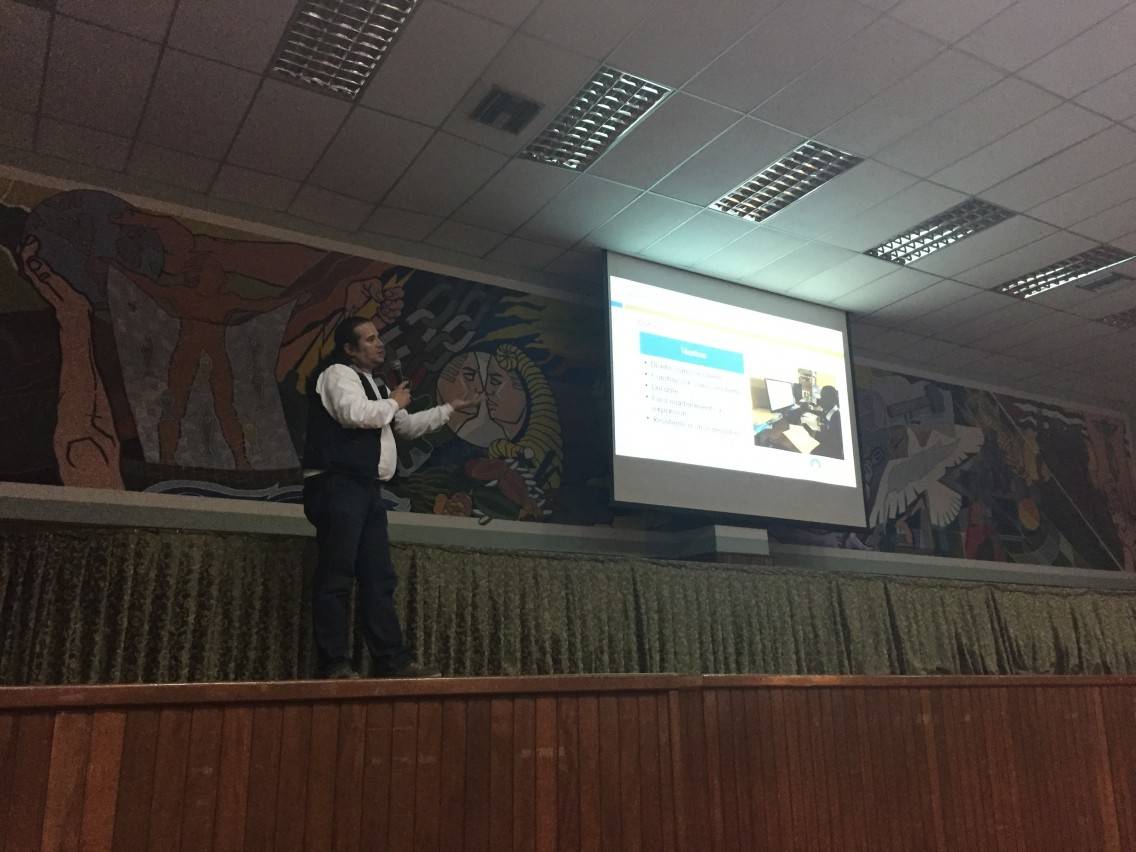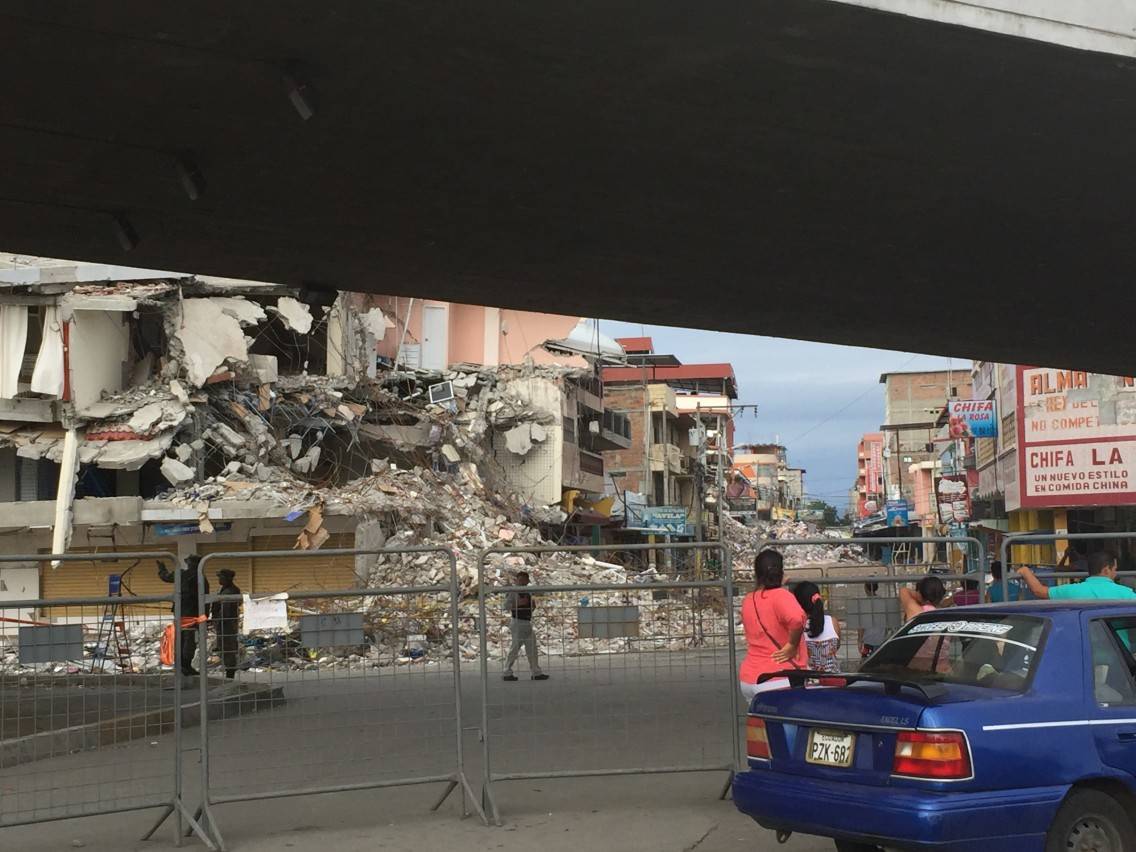On May 3rd, we went with Gen. Ruiz and Ing. Flores into the barricaded area of Manta, the neighborhood of Tarqui. This area had the most damage and was a mix of large to small commercial buildings and hotels, plus multi family and single family houses (some mixed use).
Many of the small and medium sized buildings that had collapsed were already demolished and some were being taken down while we were there.




